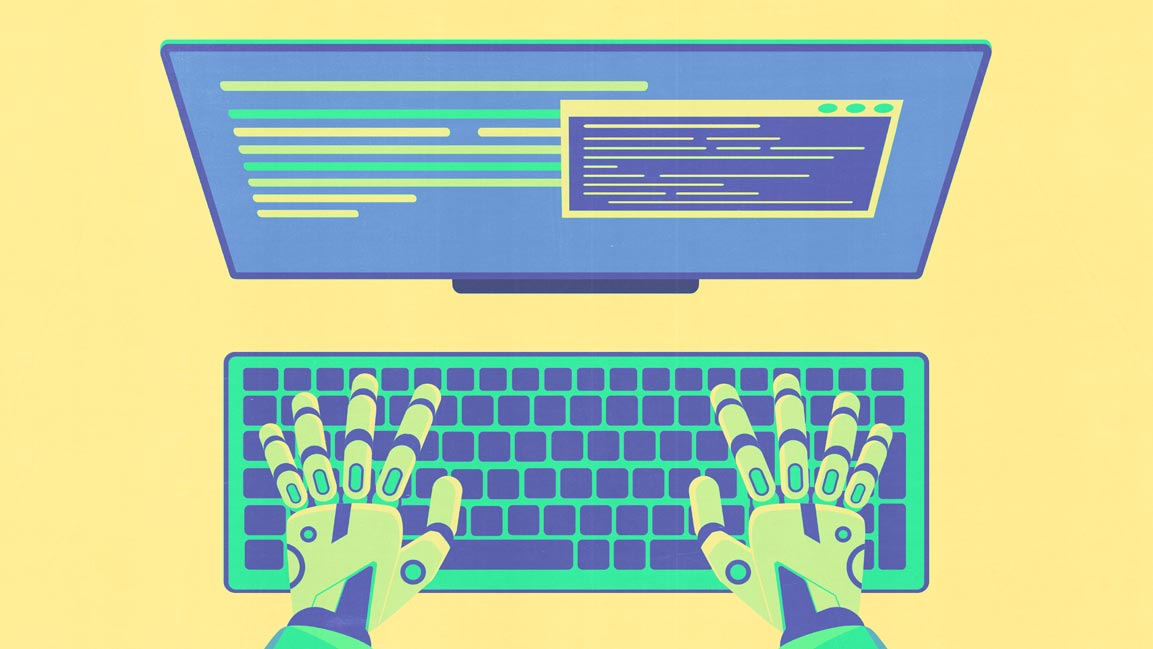Google Unveils CodeMender, an AI that Auto-Fixes Software Flaws
Over just six months of development, CodeMender has already contributed 72 security fixes to open-source projects, some spanning over 4.5 million lines of code.
Topics
News
- Nexus Closes Eighth Fund at $700 Million for Early-Stage Bets in India and US
- Amazon to Pump $12.7 Billion into India’s AI and Cloud Expansion
- Anthropic Debuts Interviewer Tool to Understand How People Really Use AI
- IPL Tops Google’s Search List for 2025 as AI Breaks Into India’s Top 10
- TeamLease Names Suparna Mitra MD & CEO in Leadership Overhaul
- Apple Loses Top UI Designer as Alan Dye Joins Meta

Recently, Google released early results from its research on CodeMender, an AI-powered agent designed to detect, fix, and even prevent software vulnerabilities automatically. Built using the advanced reasoning capabilities of Gemini Deep Think models, CodeMender represents a new frontier in how AI can safeguard the global software ecosystem.
For decades, software vulnerabilities have been a persistent nightmare for developers. Traditional tools like static analysis and fuzzing can flag issues, but identifying the root cause and developing reliable patches remains time-consuming and error-prone. With CodeMender, Google aims to automate this process at scale, fixing issues as they appear and proactively rewriting existing code to eliminate entire classes of vulnerabilities.
Over just six months of development, CodeMender has already contributed 72 security fixes to open-source projects, some spanning over 4.5 million lines of code. By automatically generating and validating high-quality security patches, the AI agent allows developers to focus on building great software rather than constantly firefighting bugs.
“Software vulnerabilities are evolving faster than humans can catch up. CodeMender takes a holistic approach, reactive when needed, and proactive when possible, to make software fundamentally more secure,” Google researchers noted in a statement.
How CodeMender Works
At its core, CodeMender leverages multi-agent systems and advanced program analysis to understand, diagnose, and repair vulnerabilities. Its agents perform deep reasoning on source code, validate proposed patches, and ensure that changes do not cause regressions or violate coding standards.
The AI’s validation system is particularly crucial: only high-quality patches that fix the underlying problem and maintain functional correctness are surfaced for human review. This step is vital since even minor mistakes in security-critical code can lead to major breaches.
Google also developed specialized tools for CodeMender, including static and dynamic analyzers, fuzzing systems, and SMT solvers, allowing it to detect complex flaws like memory corruption or buffer overflows.
Real-world Examples
In one test, CodeMender diagnosed a heap buffer overflow in an XML parser. While the crash log suggested memory mismanagement, the real issue was incorrect stack handling of XML elements, something the AI correctly identified and patched.
In another case, it produced a non-trivial fix involving complex object lifetimes, modifying a custom C code generation system, a level of understanding that typically requires senior-level expertise.
Beyond fixing bugs, CodeMender is also capable of rewriting codebases to make them inherently safer. For example, Google deployed it to apply -fbounds-safety annotations to parts of libwebp, a popular image compression library. These annotations insert compiler-level checks that neutralize buffer overflows, including the same vulnerability (CVE-2023-4863) that was previously exploited in a zero-click iOS attack.
With such proactive rewriting, CodeMender can render whole categories of vulnerabilities unexploitable forever.
Despite its success, Google is proceeding carefully. Every patch generated by CodeMender is manually reviewed by researchers before submission. The team is gradually engaging open-source maintainers to validate and integrate these patches responsibly.
In the coming months, Google plans to publish technical papers and expand CodeMender’s reach across more open-source ecosystems.




